In my region (Ohio) there are many caves to explore. Sometimes you need to find them yourself, or you suspect there’s one on your land. But how do you spot caves? In this article, we’ll dive into some tips on discovering potential cave-rich areas, how to do ground research, how to find them, and what to do with them afterward.
So how do you find a cave? You should focus on karst rich areas. Use maps and satellite images to find them. Scout the region: look for cave indicators (disappearing streams, for example). Then you should go in and check out the landscape on foot. Follow the karst line. Also, follow any stream and inspect for sinkholes and points of resurfacing.
Finding a cave is very exciting, and there are some very cool perks for the finder of any new discoveries.
In this article:
- How to Find Undiscovered Caves?
- How To Find Caves On Maps: Scouting the Terrain
- How to Find Caves on the Ground: Practical tips
- Why Would You Want to Find Caves?
- How Many Unexplored Caves are There?
- How to Find a Cave on Your Property
- What to Do When You Find a Cave
- My Favorite Beginner Caving Gear
How to Find Undiscovered Caves?
So how do find (virgin) caves? Well, there are a lot of ways to do it, from very complex (such as drilling) to plain and simple. The easiest way is to just walk around. Sounds too easy right? But it is the most accessible (and most straightforward) way to do it.
First of all, you should focus on karst rich areas. The majority of caves is formed in limestone. Use maps, geology indexes, lists, and satellite images to identify points of interest. There are multiple signs you can look for. Streams that disappear and reappear from the map are a good indication of caves. Heavy erosion is also a good sign. Decide on a parameter for your investigation using these signs.
Secondly, you should scout the area on foot and check out the landscape yourself. Always follow the karst line you’ve spotted from your aerial images. Also, follow any stream and pay close attention to sinkholes, points of disappearance and resurfacing.
- To find a cave, you first check out aerial photos to find likely cave areas.
- After that, you do a ground search to confirm your suspicion.
It does require one thing: patience. And a lot of it. If you want to increase your chances of finding something, here’s what you do. Go to one of these areas:
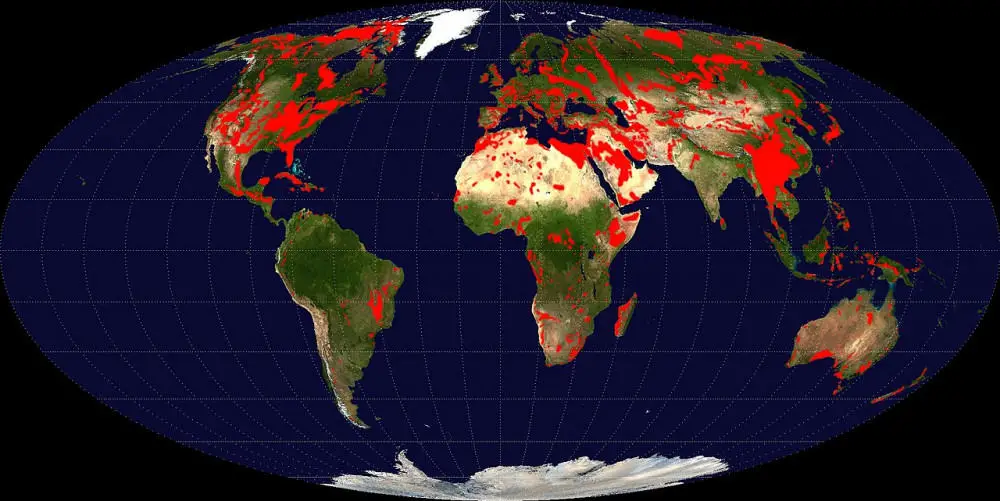
So what’s a cave?
“A cave is a hole in the ground.”
- Rane L. Curl, Entranceless and Fractal Caves Revisited
But it’s not practical to call all holes in the ground a cave. So around the 1980s, the ‘proper cave’ was introduced – meaning a cave that’s large enough to fit people.
There are three types of entrances:
- open-entrance caves – obvious and visible entrance
- closed-entrance caves – have an entrance which is closed off by rocks, earth, etc.
- entranceless caves – have no entrance whatsoever, a closed system
But wait, how did entranceless caves form? They can form as a result of trapped gas pockets during volcanic eruptions. Also, old wells. Groundwater can erode limestone and other soft stone. Then, when the groundwater goes someplace else, the cavern stays intact. From that moment on we call it a cave instead of a well.
Caves without entrances may be closed off for millions of years. They can be great fun for a biologist, since any type of life that developed here has never been in contact with surface biology, and has never felt the light of the sun. Check out this 5.5 million-year old entranceless cave in Romania.
Most unexplored caves are entranceless or have closed entrances. For most people, exploring entranceless caves is not an option, because you need to create an entrance. This includes drilling and high-tech equipment.
Scouting the terrain
- Check around known cave systems. Sometimes there is still unexplored tunnels there.
- Focus on karst regions with heavy erosion. Follow the karst line
- Learn cave geology
- Learn your local geology
- Check out discovered caves and study their geology. Find regions that are similar.
- Check your state or local government for lists and maps of caves.
- Use Google Maps to find underground karst and heavy erosion.
Practical tips for when you’re on the ground
- Follow the water
- Look for suspicious vegetation
- Look for gape lines
- Use the weather
How To Find Caves On Maps: Scouting the Terrain
Before you’re on the ground
Firstly, decide which region is most likely to contain caves. You can do this by using freely available satellite images from Google. You should look for karst regions with heavy erosion.
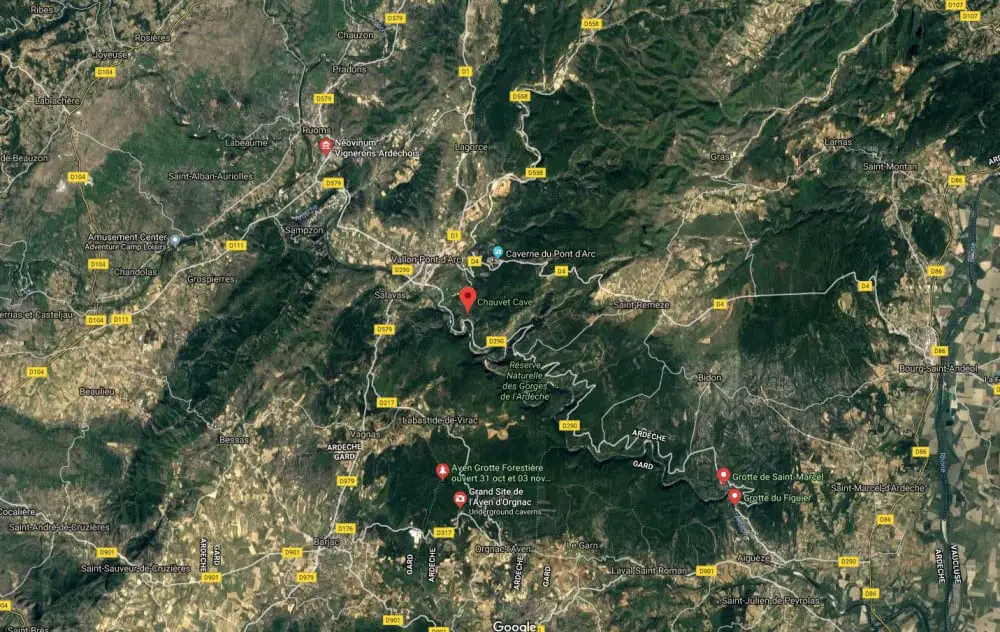
What are karst regions?
Karst regions are areas made of limestone. Karst is made from the dissolution of limestone in rainwater. These regions harbor caves, dolines, and sinkholes. You can identify a karst region by rivers that disappear underground.
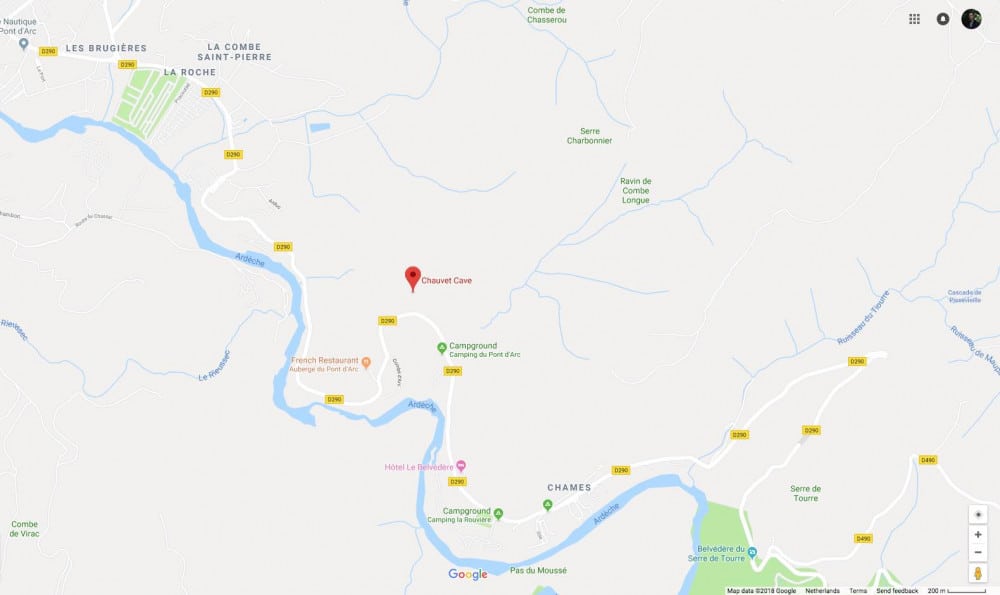
How do you find heavy erosion on maps?
- Search for karst formations (sinkholes, dolines).
- Use sinkhole maps to find underground karst. Connect the sinkholes to find possible karst formations underneath.
- Check for suspicious vegetation (lines of unexpected trees that go out into a field).
- Follow the karstlines in the landscape.
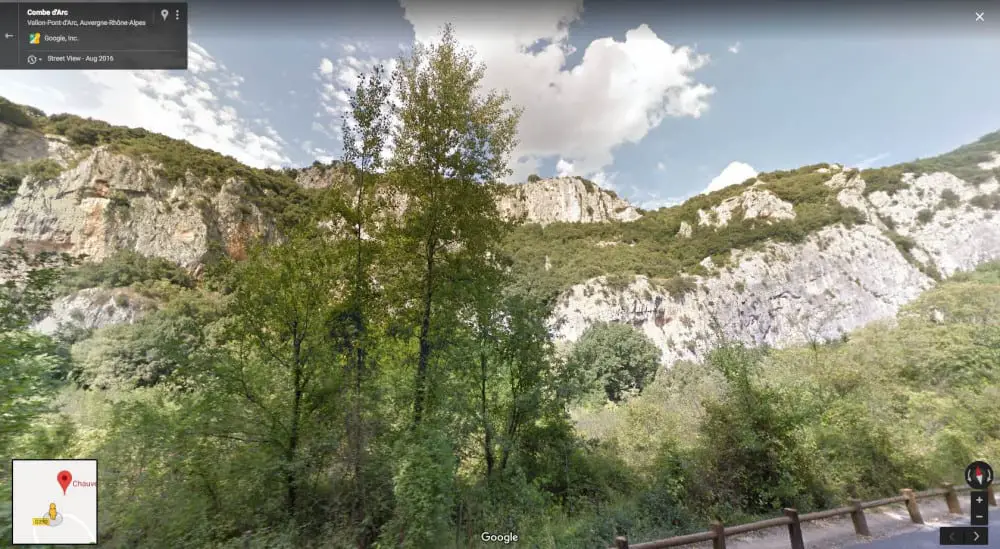
Learn Cave Geology
To successfully find caves, a basic understanding of (your local) geology helps – a lot. If you know how caves are formed (in general and in your local area specifically), you can spot signals more easily, and you can better predict the layout of a possible cave. This helps you to not only locate them but also explore them.
If you want to get a head start on geology, I recommend the industry Bible Cave Geology by Arthur N. Palmer. This is a classic text which discusses all the basics of geology.
Also, if you’re a bit more serious and are interested in what it takes to become a speleologist (ie. to get paid for caving), I’ve written a complete guide on how to do it. It’s worth reading: you can find it here.
How to Find Caves on the Ground: Practical tips
Follow the water
If water goes underground, there’s definitely some sort of cave. If there should be water somewhere, but isn’t, there will probably be a cave there. For example streams or rivers that disappear, water plants without a visible water source, etc.
Vegetation
Look for suspicious vegetation: if a single line of trees goes out into a field, that might indicate a sinkhole. It can also be a fence line. If there’s a strong-flowing stream along the trees, which suddenly disappears, you’re almost definitely dealing with a sinkhole.
Gaps
Are there any gaps in the terrain? If so, that might indicate karstic terrain and an underground stream. By following the gapes downhill, you can locate the spring or the exit point of the water. This is a good place to look for a possible cave entrance.
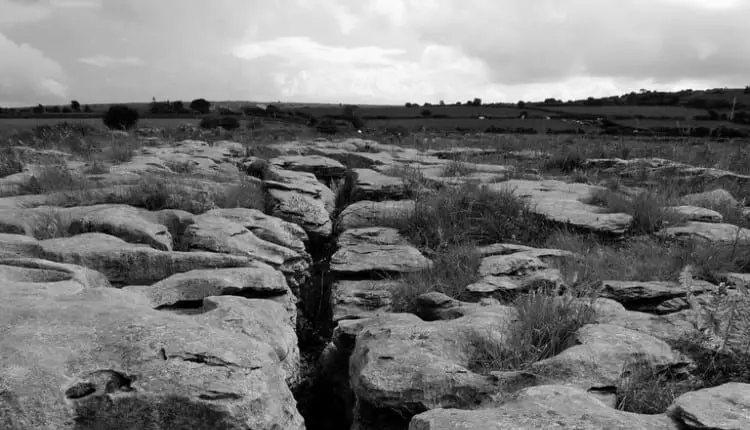
Use the weather
If you go out hiking in cold weather, you can sometimes see steam come out of the cave entrance. We call these pockets of hot air ‘blowholes’.
Snow makes finding caves even easier: the snow will melt around the entrance, thanks to the difference in temperature. Look for suspicion-looking spots that have no snow (like the spots you get when you moved your parked car).
Using GPR
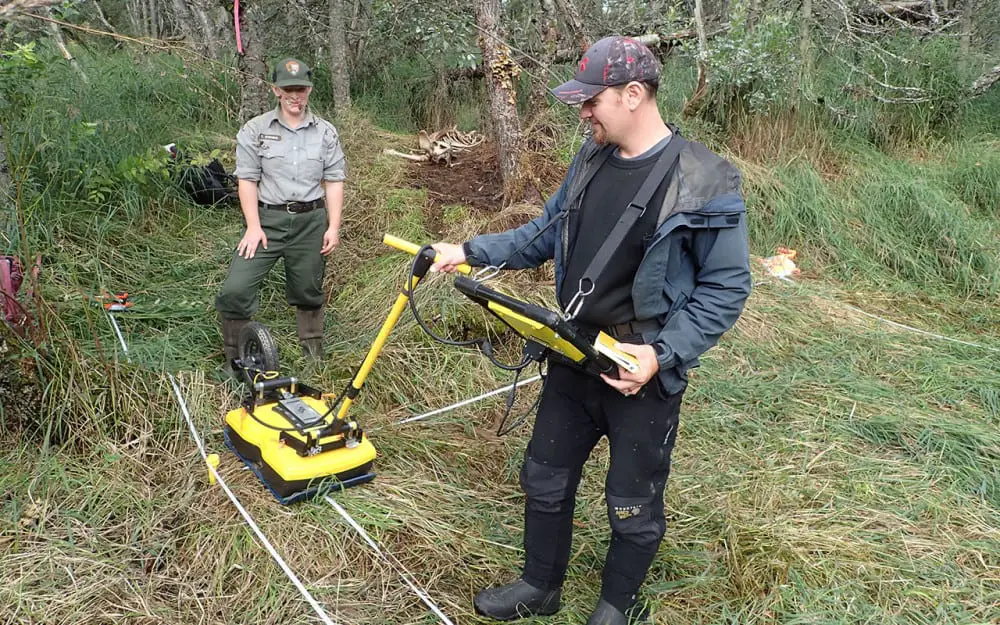
A GPR is a Ground-Penetrating Radar. It uses radar to look underground. You can use it to find underground caves, but its effectiveness heavily depends on the terrain. However, opinions vary (and I have never used a GPR myself).
“GPR is great, unless it’s shit.”
- troyunrau on Reddit r/geology
In general, the penetration abilities are too weak for deeper caverns. But GPR might work for some terrains and shallow caverns. It isn’t effective in clay but works rather well in massive limestone.
The penetration of GPR is determined by how electrically conductive the material is. The higher the electrical conductivity of the terrain, the weaker the penetration of GPR. This means that it doesn’t work well with for example water, clay.
Use an underground cavity detector
An underground cavity detector measures electrical resistivity to image the subsurface of an area. In plain English, this means that it sends out a current through the earth, and then measures how much resistance the earth provides. Normally you would put two poles into the earth to do this.
The amount of resistance tells us something about what’s underneath. Less resistance means probably water or air. Higher resistance means that there’s probably massive rock underneath.
This provides you with an image of surface materials.
Using infrared
I’ve already touched on this, but finding cavities is very easy in cold weather. Some geologist use infrared cameras to detect entrances (again: blowholes). By using thermal imaging it’s also possible to find potential landslides. These cameras are being used in Ohio to detect spots of higher water saturation, which is the most important factor in the development of landslides.
Using drilling to find a cave
Drilling is a very unpleasant way to find caves, but it can be done. Unpleasant because it inherently damages the rock formation and cavern. Oh, and you need a pretty large drill. How to spot a cave using a drill? Well, when the bit reaches a chamber, the resistance will disappear; the bit will suddenly drop, indicating there’s a cave underneath.
If you plan on drilling: never dig straight down.
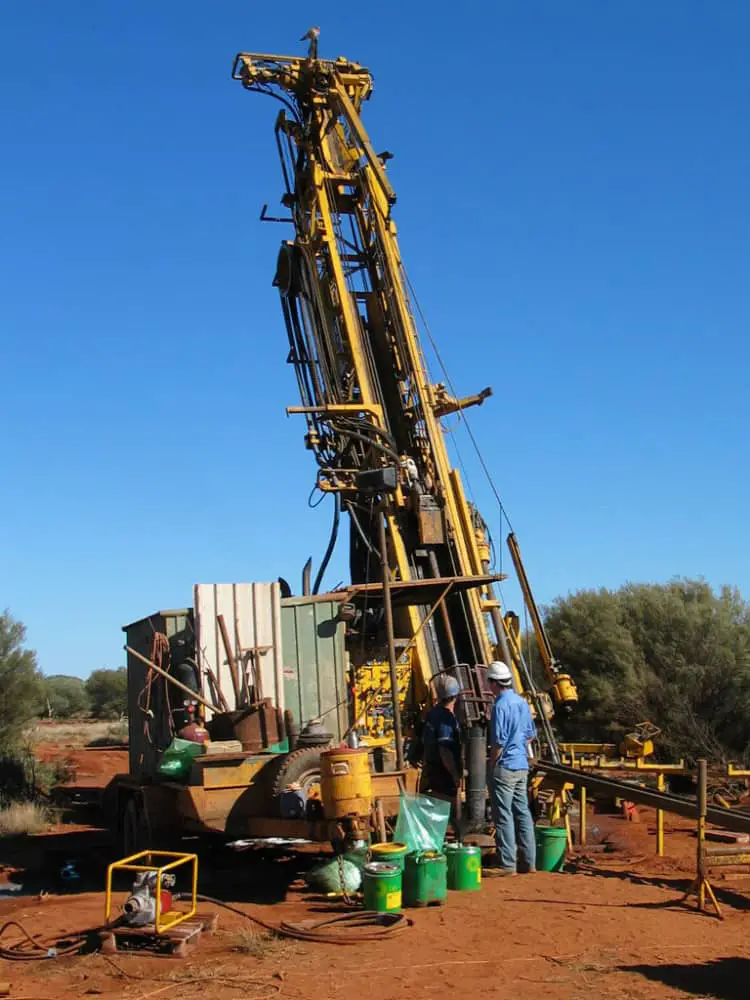
However, finding entranceless caves might be an option, using the right tools. You could, for example, use an underground cavity detector (which we’ll also use for finding closed-entrance caves). But what’s the fun of that? You won’t be able to explore it.
So in this article, I have only talked about finding caves with open and closed entrances.
Why Would You Want to Find Caves?
If you find a cave, you get to name it. Which is very cool indeed. Admit it: a cave is better than a street name.
Also, sometimes you may suspect there’s a cave on your property. Reasons you might need to find them are:
- safety: sometimes caves can be unstable, creating a dangerous situation above ground as well
- it’s cool to have a cave
- you can open them for the public
- you can start cave exploring in your own backyard.
How Many Unexplored Caves are There?
In contrary to land and continent, which are all discovered, caves are one of the last remaining unexplored territories on earth. We’ve seen even less of the crust of the earth than the deep seas.
There are way more caves than the discovered and documented caves. Of course, we can’t tell how much exactly, for we don’t know them.
Estimates say we’ve only explored about 1% of all caves. This means there are literally millions of caves to be explored worldwide.
For example, there are huge hidden underground ice routes in Sweden.
Admittedly, the easy cave exploring is mostly done. But if you’re willing to put in the effort, you’re sure to find one or two caves to name in your lifetime.
How do we know how many unexplored caves there are?
“There is no question that there are many naturally entranceless caves. […] It has been shown than the number and lengths of entranceless caves in many regions can be predicted. […] Wilson […] concluded that there are at least 7,600 miles of (entranceless) cave per cubic mile of limestone.”
- Source: Entranceless and Fractal Caves Revisited, by Rane L. Curl
The amount of proper caves without entrance is probably exponentially greater than the number of proper caves with a proper entrance.
Curl’s estimates that the number of entranceless caves is at least 10x bigger than the number of caves with a single entrance.
The number of total unknown caves will be around 100x the number of known caves, and probably even higher.
How to Find a Cave on Your Property
If you’re a landowner and suspect there are caves in the area, you might want to check your own property for them. Since discovering a cave can be great fun, and it’s also necessary to determine whether the system is structurally sound or needs reinforcement.
Discover it without help
Here are a couple of quick tips for finding caves in your backyard:
- Caves are drainages. This means the area above the cave can have too little water or minerals. The grass may be patchy, the soil may be loose. Great example of cave-like terrain
- If you have cracks running through the ground, this may indicate soft limestone.
- Water that disappears into the ground, or, when invisible, the sound of falling water.
- A particular spot dries very quickly after heavy rains.
- Check for out of place vegetation. Succulent plants (plants that need a lot of water) can draw water from an underground cave. If you have an unreasonable amount of plants in one area, this might indicate a humid cave. This works well in dry climates with little rain. It doesn’t work well in humid climates.
Explore it together with backup
If you’re unsure about caves on your land, you can contact your local university. A local university with a geology department might be interested in the opportunity to do some field research.
They should have the equipment at hand to research the subsurface of your backyard. Maybe they can help you out by sending out students on assignment, doing to job pro bono, while learning at the same time.
Explore it
If you’ve struck gold and need help exploring it – and if you don’t have caving experience, you should get help -, you could contact your local grotto. Grottos are clubs of cavers. They’ll most likely want to help out since exploring new caves is the most exciting thing of all.
If you find a good grotto and ask them nicely, they may want to map out your cave and provide you with pictures and documentation.
What does it mean for my property?
If you have a cave in your backyard, it may affect the value of the land. If the system is unstable it might be more difficult to sell your land.
If you find any sinkholes, caverns, and so on your land, you’re obliged to disclose them to any potential sellers. Caves bring a risk of collapse, which may reduce the value of the land.
What to Do When You Find a Cave
Whether you simply stumbled upon one on a hike or found one on your property, it’s very helpful to report a new cave to your local geology institute. If you’re unsure where to go, contact your local grotto. You can also just put out a tweet; cavers will eventually start showing up. They will take it from there.
Whatever you do, if you don’t have any caving experience, you shouldn’t go in. Virgin caves can be potentially dangerous, so without the right equipment and experience, you’re at risk.
My Favorite Beginner Caving Gear
If you’re looking for good basic beginner caving gear, here are my top 3 items:
- Headlamp: Zebralight H600Fw MKIV (click to check the current price on Amazon)
- Helmet: Petzl Boreo (click to check current price on Amazon)
- Kneepads: DeWalt Heavy-duty Flooring Kneepads (link to check the price on Amazon
For more details on each one, head over to my recommended gear section.
Map courtesy of Ulrich Still
Photo courtesy of Chad K – CC BY 2.0 license

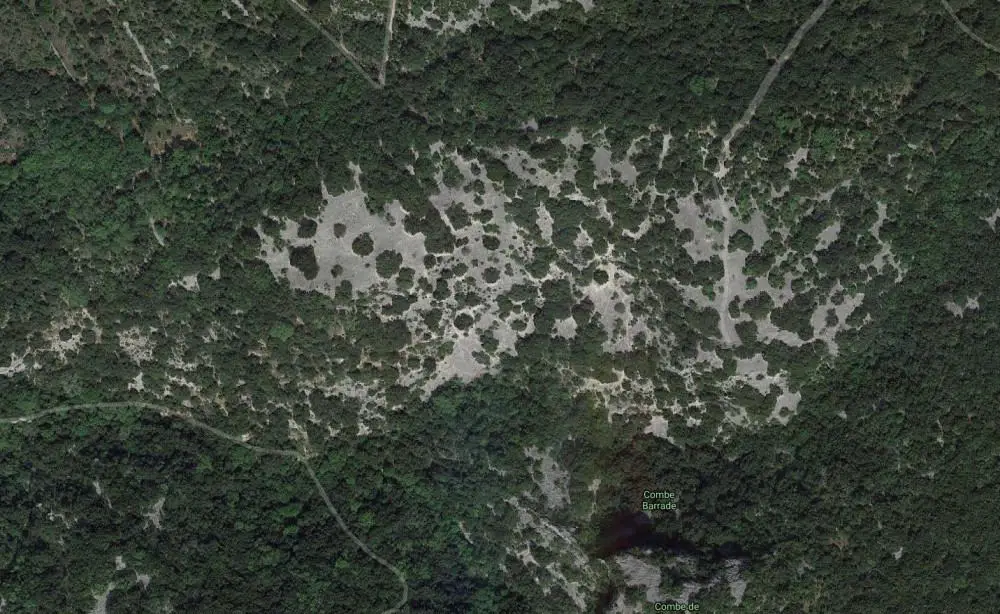
Injoyed reading i live in Great Smoky Mountains in Maryville Tn 45 min outside of knoxville tn Love reading about caves i live on a small ridge top surrounded by mountains were a lot of caves are ,we have large creek that slams against the ridge and forcers itself left but after it floods in hour the water is back normal, do you think theres a cave ,and how to locate it thanks Richard
Hi, I’m glad you enjoyed the article. It sounds like there is there may be a cave in the area you are refereeing to. I would try to explore that area by foot to see if there is a cave. That said if you do decide to explore the area, do so cautiously to avoid possible injury.